
The view from the main stage Orchestra Pit at the Royal Opera House
Credit: ROH/Sim Canetty-Clarke, 2014
We can agree that without the music the show is skeletal! The musicians—a dedicated, virtuosic group who are mainly “unseen”—perform and rehearse long hours with unfailing commitment because they love the music passionately. Opera repertory is especially challenging not the least of which because it is lengthy—three hours is standard, longer in the case of Wagner’s Der Ring des Nibelungen or Berlioz Les Troyens. Some of the most successful theater productions go on night after night, even for years. The performances on the stage are, sublime, entertaining and always a spectacle. But sometimes there is more drama under the stage than on it!
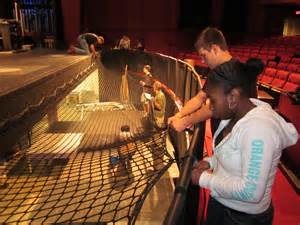
Pit netting
Props do fall into the pit—swords, beverages, even fruit. Edward Poremba who was percussionist of the Lyric Opera of Chicago 1966-69 and principal timpanist from 1971-2000, relates:
“It happened during one of the crowd scenes in Carmen. There was lots of mayhem onstage. Suddenly oranges came flying from the stage and into the pit – I wouldn’t say it was raining oranges, but some landed on the timpani. No musician or other instrument was involved so everyone in the area, though at first startled, had a good laugh. I don’t believe the conductor ever noticed. By the way, the oranges produced a nice round forte. A lot of people thought the whole episode should be included in future performances.”
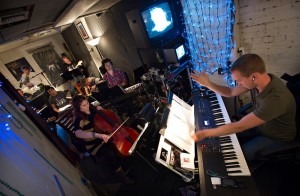
The Out-of-View Orchestras of ‘Carrie’ and ‘Spider-Man’
Credit: Joshua Bright for The New York Times
There have been several instances of pitfalls. Puerto Rican soprano Ana María Martínez fell during a performance of Antonín Dvorak’s opera, Rusalka at Glyndebourne in 2009. Her feet got caught in some netting onstage and she tumbled backwards into the pit. Fortunately she was unhurt. That was not the case in 2013. Tragically, the fall into the pit of the Perm Opera and Ballet Theatre’s director was fatal.
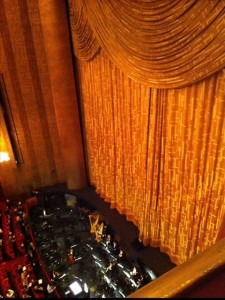
MET from above
The Minnesota Orchestra season was peppered with thirteen performances of Tchaikovsky’s Nutcracker ballet annually. When the fog machines got rolling on stage we could barely see our music. The stench was overpowering as CO2 wafted into the pit. Inevitably right before the mouse battle scene a brass player, after taking a deep gulp of the concoction, would start to cough.
Fog in pit for Les Mis
I have been fortunate enough to play in the pit here in Minnesota for a mesmerizing Porgy and Bess, Gershwin’s classic opera with the Houston Grand Opera. The music was transcendent, the singer playing Crown so handsome. I couldn’t help myself. I tried to keep playing while I craned my neck to see the action onstage, turning to look over my right shoulder. My left elbow grazed the thick multi-page music score sending it tumbling onto the floor. When I leaned over to pick up the music hastily fumbling to find the right page I hid my face, which had turned crimson. This staging of Porgy and Bess was produced in 1976 conducted by John DeMain. It won a Tony award—the first opera to do so—no thanks to me.
The hope to sell more lucrative tickets has led to “remote” orchestras—a disturbing trend. Advances in technology allow for the playing to be synced even from a building down the street, as in the case of ‘Carrie’ and ‘Spider-Man’.
The Metropolitan Opera House seats 3,800. You can see how tight the quarters are in the pit but the Met orchestra’s glorious sound sweeps all the way to the uppermost tiers. The most exquisite experience for the musicians and the audience starts when the conductor lifts his baton. There is nothing like live music. Let the telepathy begin.
Chicago Pit
Pit renovation time lapse including
Egmont, Bumble Bee, Wagner Ride, Mozart Overture to Figaro


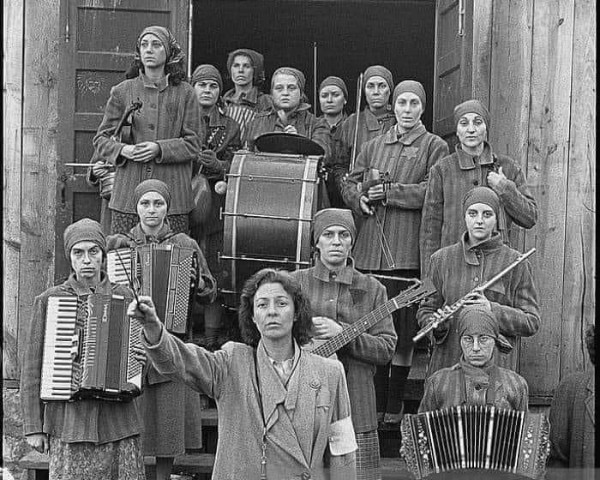
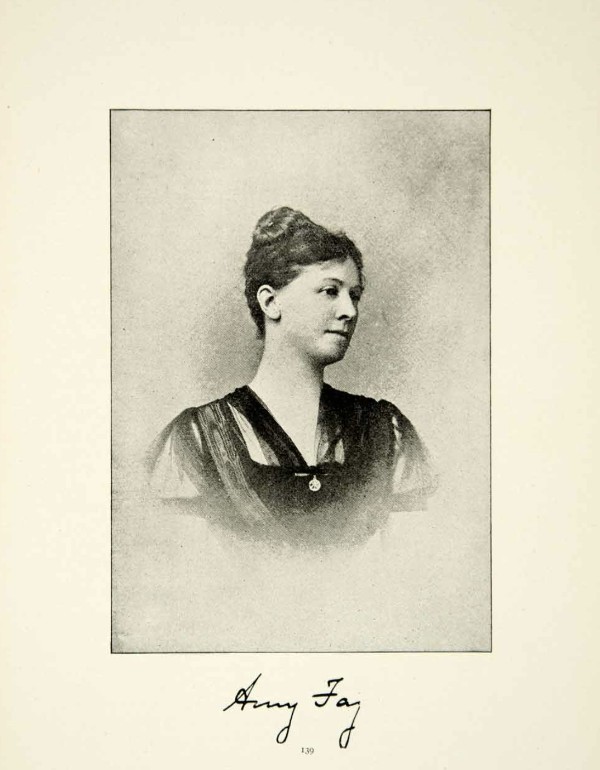
I was at a performace of Pagliacci at the Met a couple of decades ago when Jon Vickers sent a 3-legged stool flying into the pit. Several musicians had to leap out of the flight path.
FYI the Met seats 3,800 not 4,500.
Playing in the pit of certain countries can have unique problems. In 1982, I was playing an opera in the Teatro Muncipal of Caracas. That night the President of Venezuela attended so security was very tight. This was not unusual for us but when we got into the pit, there was a very young soldier with an M16 standing behind the bass section. He stayed there for entire performance and despite trying to talk to him, he just glared at us. When we made sudden moves to turn pages or switch from arco to pizz, he would raise the M16 slightly. Imagine playing three acts like that! All I could say to the section was: please don’t make him nervous.
The bass section and several other musicians retired to our favorite bar after that performance and stayed a very long time.